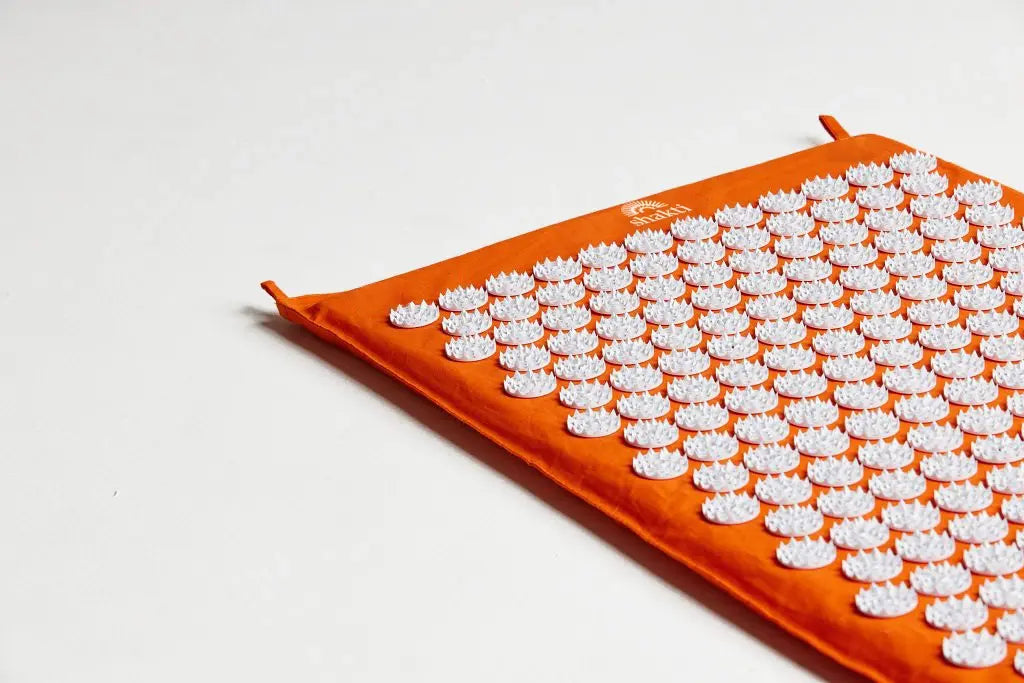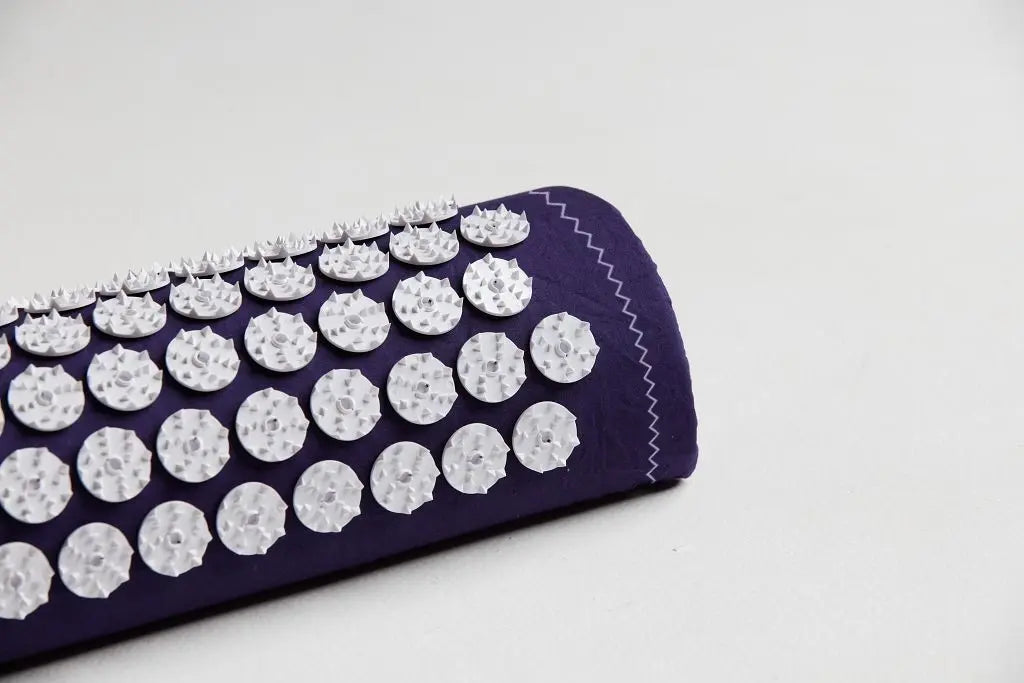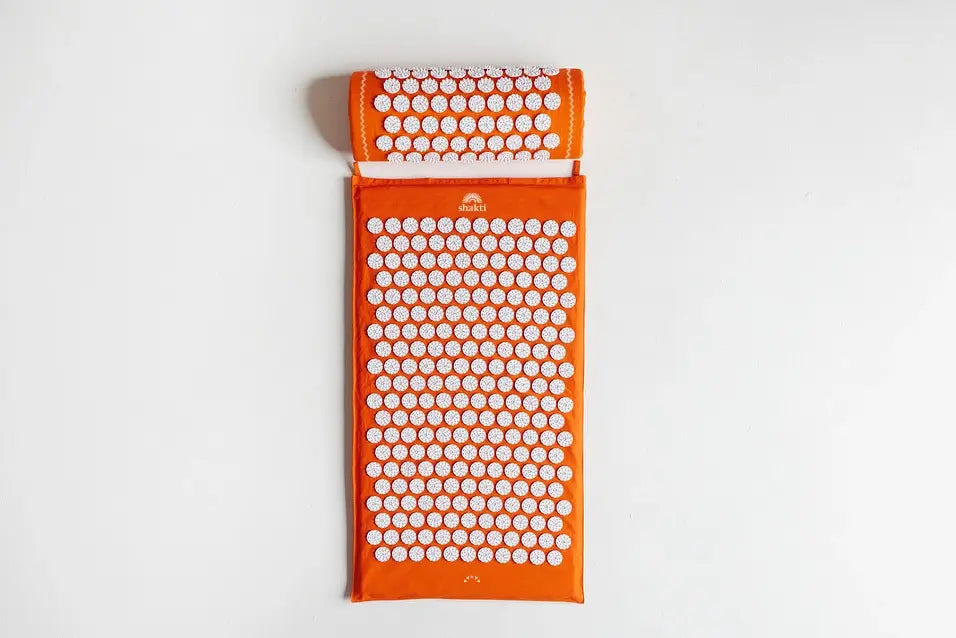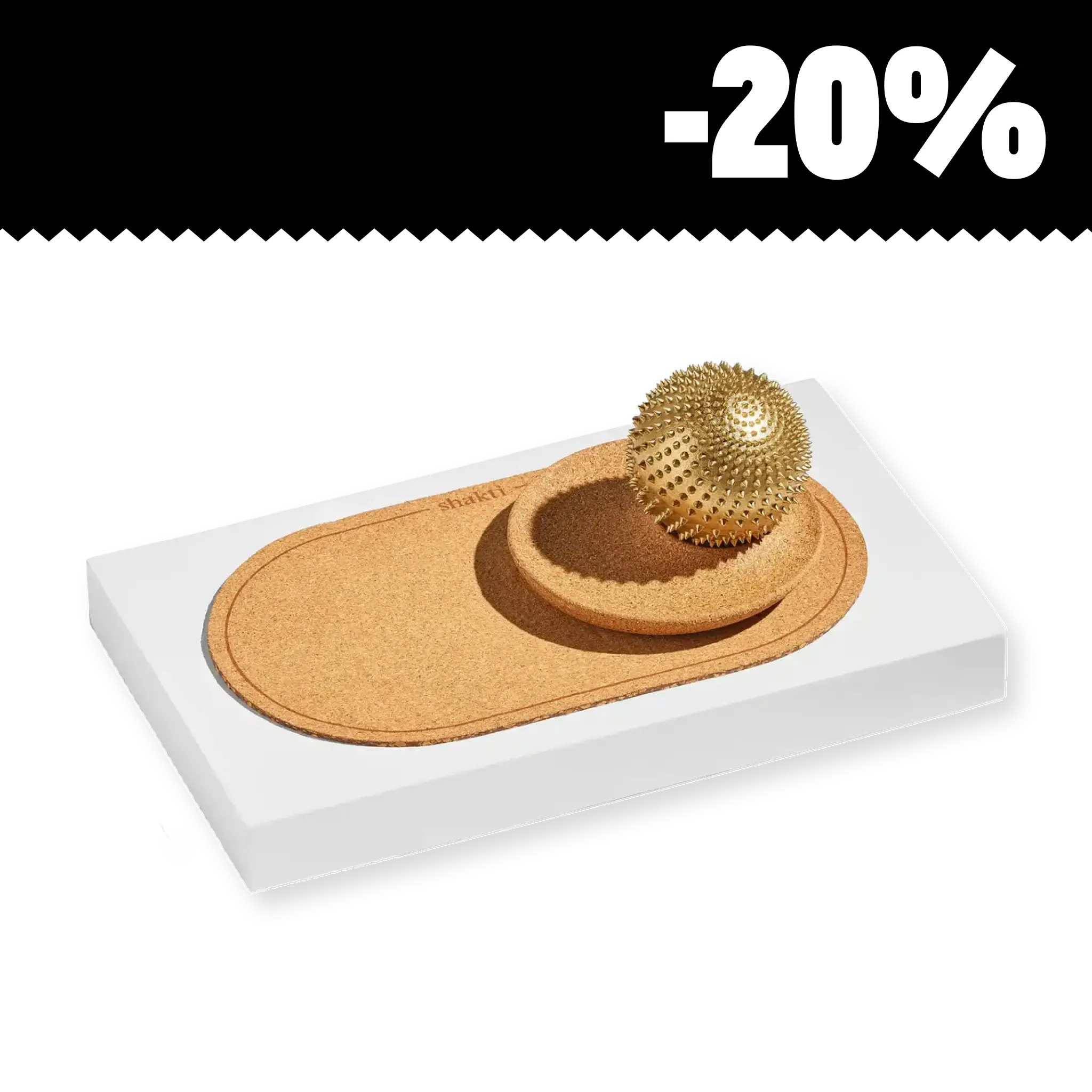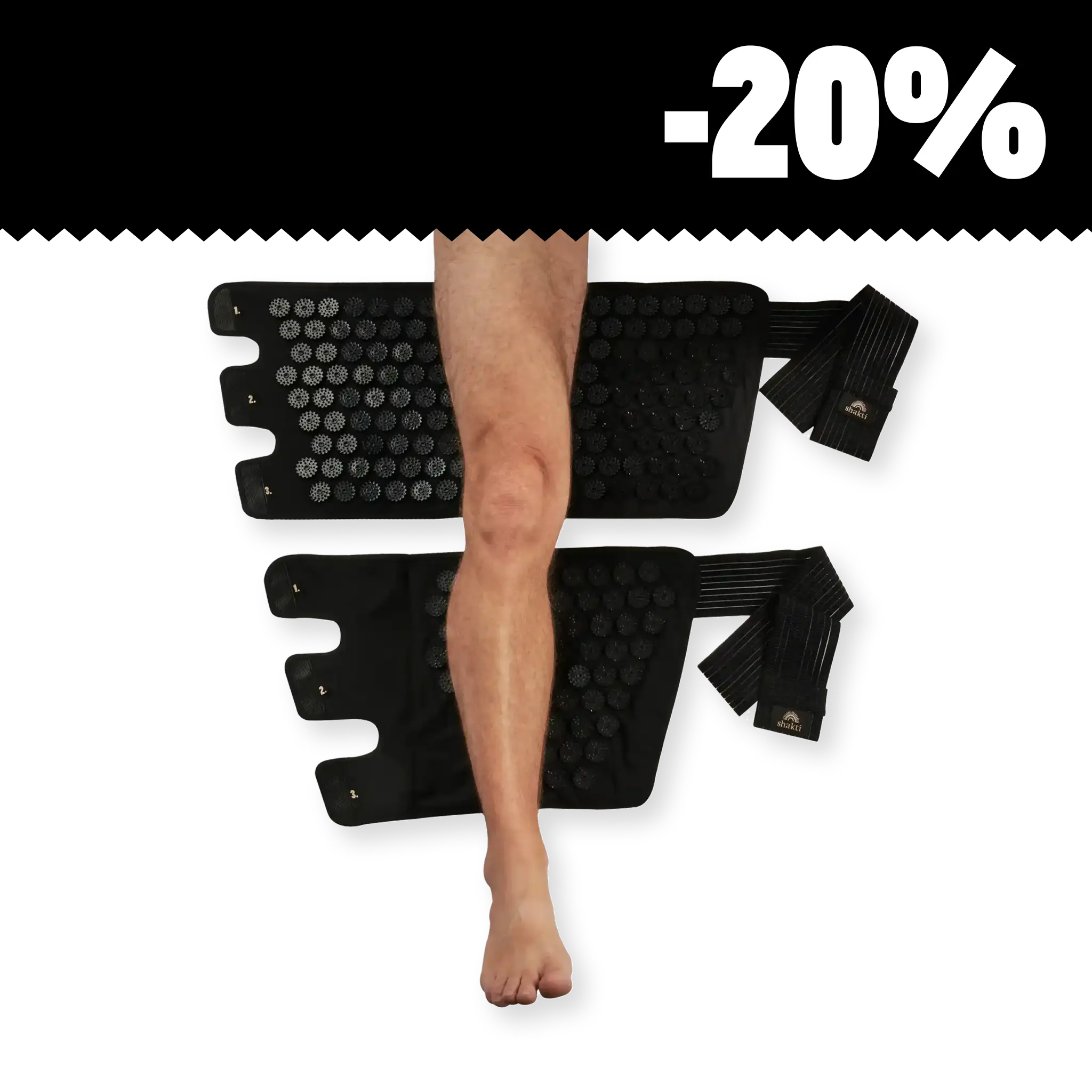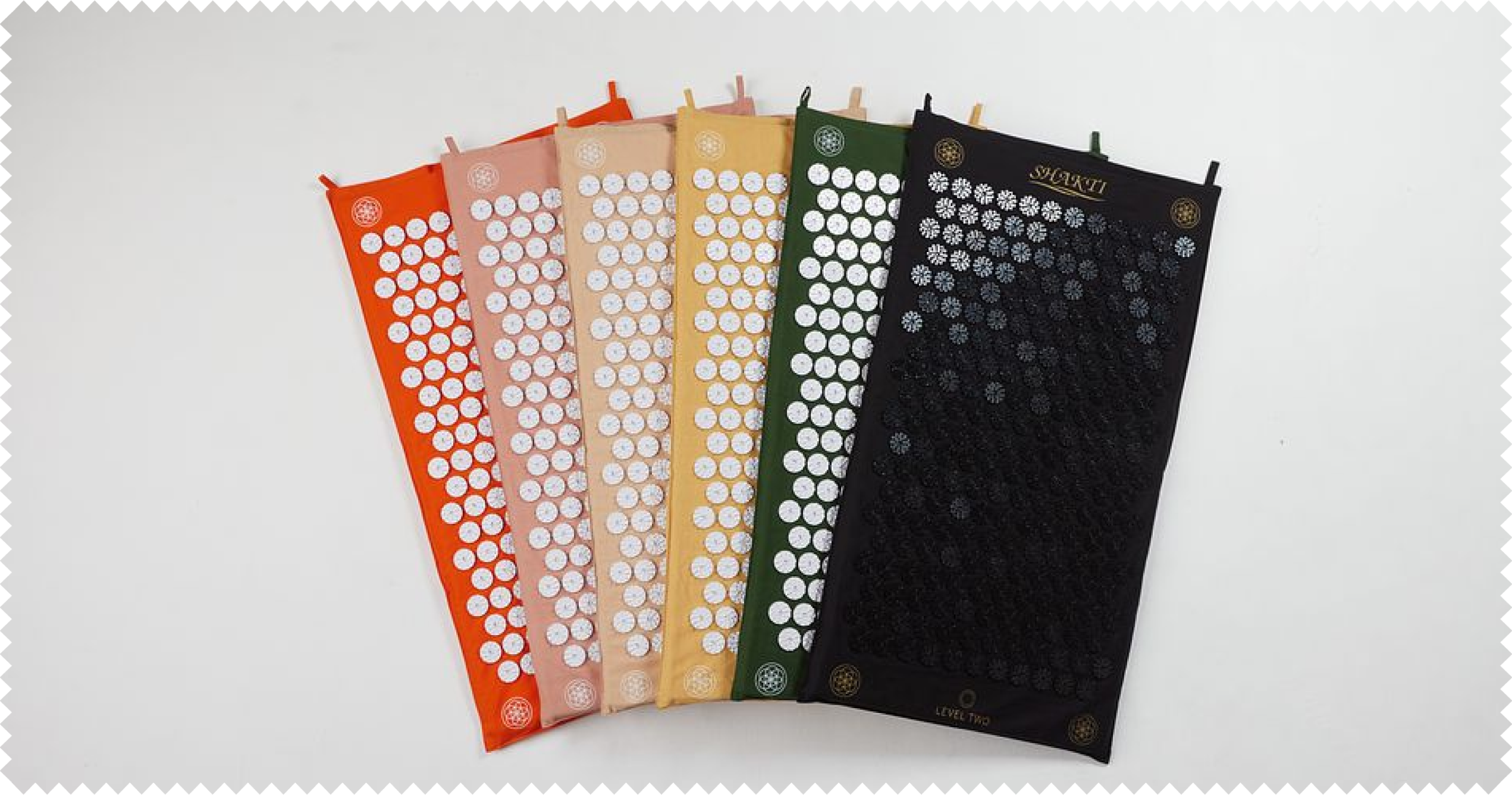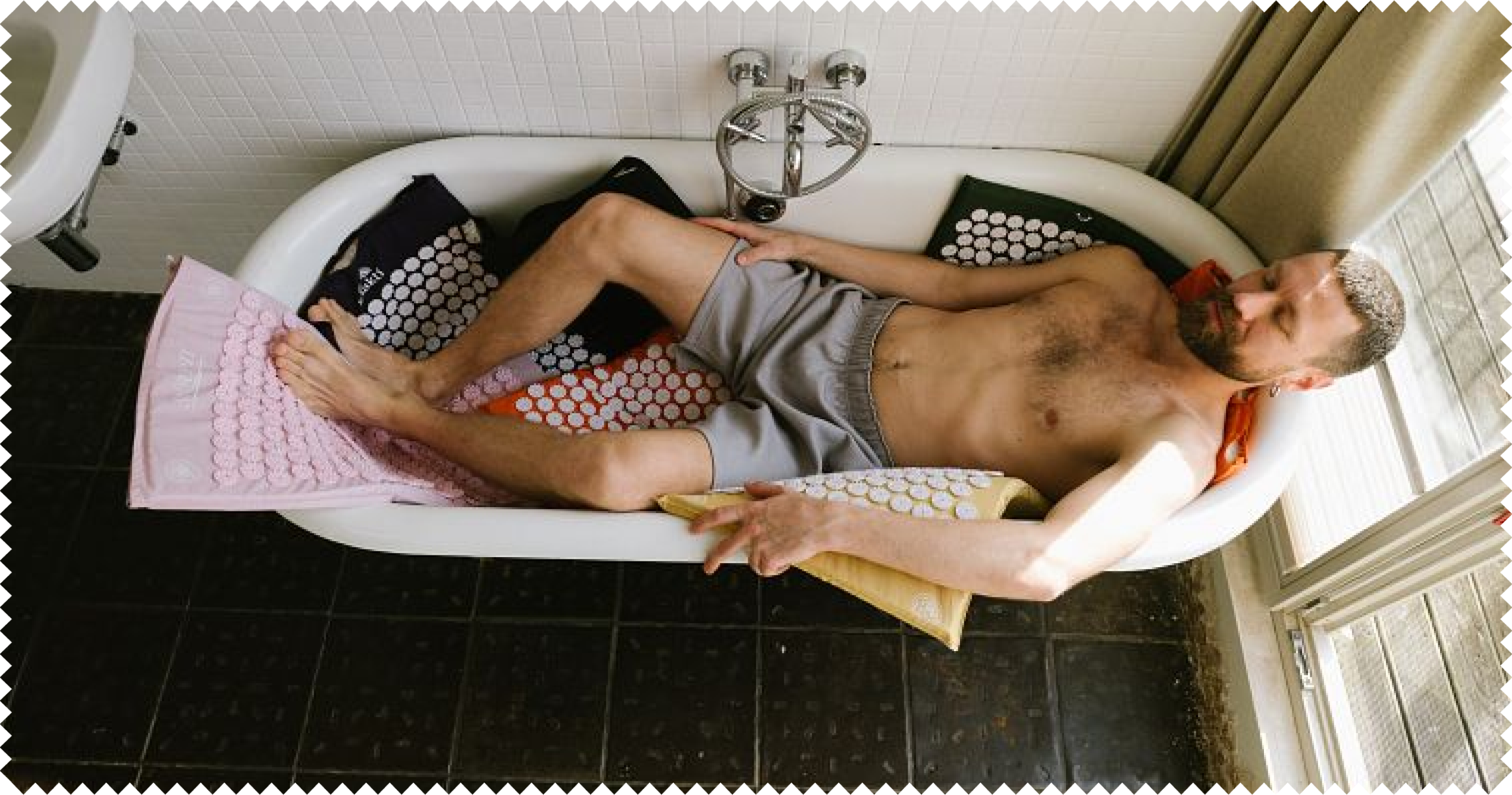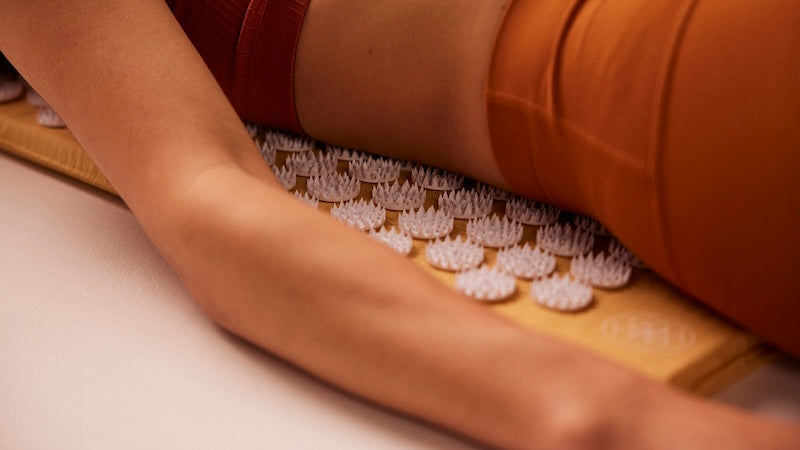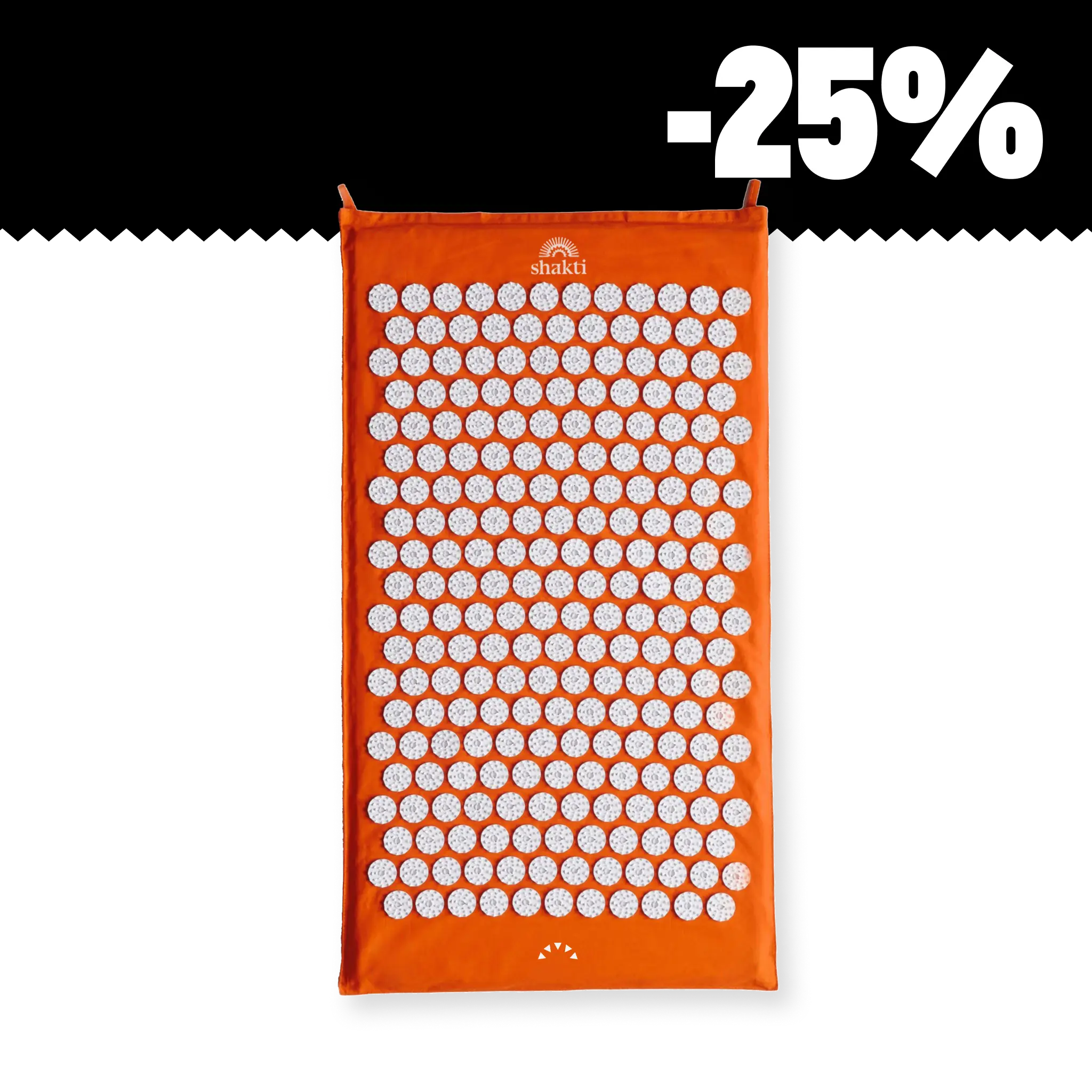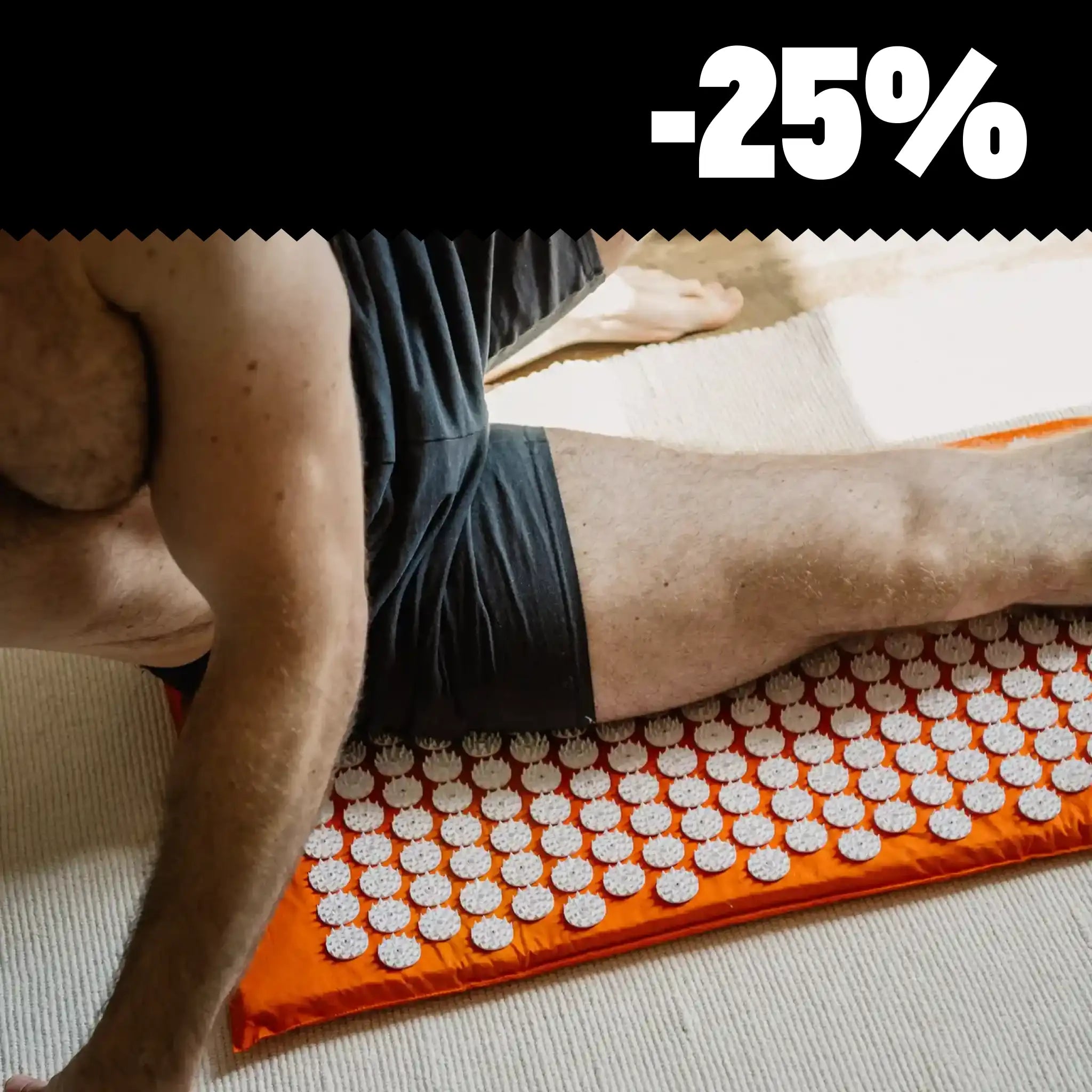Walking, running, climbing stairs: The lumbar iliac muscle or hip flexor is involved in numerous movements that you perform in your everyday life. If this muscle and its teammates shorten, for example due to excessive sitting, this can often lead to hip flexor pain. Fortunately, the symptoms can usually be treated with simple exercises and remedies: We tell you how hip flexor pain occurs, how it manifests itself and what you can do yourself to regain your mobility.
Content
2. sitting is the number 1 cause of hip flexor pain
3. hip flexor pain: symptoms that go beyond the hip
4. hip flexor pain - what to do?
5. train hip flexors with 3 effective exercises
6. checklist: How to prevent hip flexor pain
7. shortened hip flexor: exercises are excellent for self-help
The muscles in the pelvis
To help you better understand the causes of pain in the hip flexor area, it is helpful to take a closer look at the muscles of the pelvis. Although the term "hip flexor" is usually used to refer to the lumbar iliac muscle, there are actually four muscles that allow your hip joint to move:
- Theiliopsoas muscle, consisting of theiliopsoas muscle and the lumbar muscle, extends from your femoral neck to your lumbar region.
- The straight thigh muscle(rectus femoris muscle) extends from your shin to your ilium. It is responsible for flexing your hips and extending your knees.
- The tensor fasciae latae muscle, the hamstring muscle, originates at the upper edge of the pelvis. After merging into a fibrous cord, it extends to below the knees.
Thanks to your hip flexors, you can pull your legs up towards your upper body in different positions - which is particularly important for walking and running. The muscles also provide stability and mobility in the lower back and hip joint. For this reason, shortened hip flexors not only lead to unpleasant hip flexor pain, but also often cause discomfort in other parts of the body such as the knees or back.
Sitting is the number one cause of hip flexor pain
Modern lifestyles are dominated by a sedentary posture. In the car, in the office or on the couch, however, your muscles are often neglected - in the truest sense of the word. If you spend several hours a day sitting down, your hip flexors are in a completely unstretched position. Over time, the tissue around these muscles adapts to the permanently "shortened" state, which has a negative effect on the exchange of nutrients and causes your connective tissue to stick together more and more. You can probably imagine that the adhesion and shortening of the hip flexor leads to inflexibility and a lack of suppleness in the long term. But what happens when you set the muscles in motion, for example when you stand up?
The shortened hip flexors exert strong tensile forces, which in turn pull on the connected body structures. At the same time, the muscles in your back, knees and buttocks try to balance out the forces by exerting counter-tension from all sides - and the resulting extreme tension exerts massive pressure on your joints and vertebrae. Your body warns you of this with hip flexor pain or other symptoms. Another possible cause of pain in the hip flexor is a muscle strain or injury. The hip flexor pain can affect the groin and other areas along the muscle.
Hip flexor pain: symptoms that go beyond the hip
As you already know, shortened hip flexors can result in much more than hip flexor pain when walking. Pain in the hip flexor when lifting or hip flexor pain when climbing stairs also occur and are among the most common consequences apart from hip flexor pain:
- a hollow back due to the strong pull on the spine
- Lower back pain due to the shortening of the lumbar muscle, which has a direct connection to your lumbar spine
- Hip pain, as shortened hip flexors pull the joint head into the hip socket and create painful friction, which can cause osteoarthritis in the long term
If the hip flexor pain is caused by a strain or injury, this is accompanied by symptoms such as cramps in the thigh muscle, a loss of strength in the front of the groin, swelling, bruising and an inability to step, jump or sprint. If you are unsure about the cause of your hip flexor pain, you should definitely consult a doctor!
Hip flexor pain - what to do?
If you suffer from hip flexor pain and other complaints caused by shortened muscles, you can choose from various applications and exercises to stretch your hip flexors and stimulate blood circulation in the tissue. One popular option is the acupressure mat. It is equipped with a large number of nubs made of hard medical plastic that exert pressure on the acupressure points on your body. The mat is based on the idea that energy pathways, known as meridians, run through your body. To release blockages in the meridians and relax your hip flexors, grab a comfortable yoga mat and place the acupressure mat across it roughly in the middle.
As the hip flexors are located on the front of your body, lie on your stomach and make sure that your thighs and pelvis are sufficiently positioned on the dimples. Vary the pressure by tensing and relaxing your muscles - depending on how it suits you. Especially if you are a first-time user, the motto is: less is more. Should you prevent hip flexor pain or want to alleviate associated symptoms, targeted stretching of the hip flexor is also the right thing to do.
Train hip flexors with 3 effective exercises
Do you want simple exercises for immediate help with hip flexor pain and the resulting discomfort? We've put together our three favorite exercises that you can do in the comfort of your own home. It's best to use a yoga mat.
1. effective stretching exercise for the hip flexor
With this exercise, you can stretch your shortened hip flexors, reduce the excessive pulling forces on your muscles and make an important contribution to the flexibility of your lower back. Start by standing on four feet. Place your hands shoulder-width apart on the floor and turn them outwards. Now let your pelvis 'hang' with your groin first, but keep your upper body in a straight position. You can move your knees back as far as you like until this position is possible for you without too much hip flexor pain.
Move your groin against the floor while pulling your shoulders down and tilting your head back slightly. Breathe in deeply. As you exhale, move your groin down even more. Feel your hip flexors stretch. Hold the position for around 2 ½ to 3 minutes. Then balance out the movement by sitting on your heels and moving your upper body forward. Caution: Never let the stretching pain become too strong and avoid a hollow back during this exercise.
2. stretch the hip flexors during rotation
This exercise helps you to effectively "lengthen" your muscles if you have hip flexor pain. Stand in front of a wall and touch it with your left foot. Place your right hand on the wall and 'drive' towards your left shoulder. Your upper body will turn as you do this. Now grasp the right side of your lower jaw with your left hand and move your head to the left. Breathe in and out deeply. As you exhale, move your right hand further along the wall to increase the stretch and rotation. Repeat the hip flexor stretch for around 2 ½ to 3 minutes before gently releasing yourself from the position. Then turn and repeat the exercise for the right side of your body.
Exercise to stretch the hip flexor & normalize the hollow back
A hollow back (hyperlordosis) is also usually the result of a shortened hip flexor, as your lumbar spine is pulled into an extreme curve. With the following exercise for hip flexor pain, you can reduce the pulling forces and straighten your hollow back without any effort. Get a stack of thick books and place two of them under your sacrum - the section in front of your tailbone. The books will automatically stretch your hip flexors. Stretch your legs forward in a relaxed manner and your arms slightly to the side. Breathe calmly and consciously. Now feel your way towards the right stretching intensity: increase the stack of books bit by bit until you have reached your stretching pain threshold. Bring your legs back into an extended position and rest your chin on your larynx - your head should never be overstretched! You will generally feel the stretch in your back, buttocks and front leg and groin area. Perform the exercise for at least 3 minutes if you have hip flexor pain.
Checklist: How to prevent hip flexor pain
To prevent hip flexor pain from developing in the first place, you can integrate a number of simple measures into your everyday life:
- Reduce sitting times: Be aware of how much and where you sit every day (e.g. at the dinner table, in the car, at work, on the couch in the evening). Try to minimize this sitting time.
- Practice dynamic sitting: Change your sitting position regularly to prevent tension and a shortened hip flexor. The next posture is always the best - change it frequently.
- Incorporate movement at your desk: dedicate yourself to short workouts or stretching exercises to stay active while you work. You can find free videos on the internet with practical 5-minute workouts for your desk
- Focus on ergonomics: use a height-adjustable desk to alternate between standing and sitting. An ergonomic office chair can also provide real relief for hip flexor pain.
- Stretch your hip flexors and hip extensors regularly: Make our featured stretching exercises and exercises for hip flexor counterparts an integral part of your daily routine. Train your back and abdominal muscles too.
- Plan exercise breaks: Health experts recommend the following times for this: 5-minute break after 45 minutes of work, 10 to 15 minutes after 90 minutes of work, 30 minutes after 4 hours of work. Get away from your desk during the break and keep moving!
Shortened hip flexor: exercises are excellent for self-help
Constant sitting and a lack of exercise are the norm for many people. However, this one-sided lifestyle has a negative effect on muscles such as the hip flexors: In this posture, the muscle strands are constantly kept short and insufficiently stretched - which can lead to adhesions and inflexibility over time. As the muscles of the pelvis are also connected to different parts of the body, other complaints can occur in addition to hip flexor pain. If your pain does not require medical treatment, you can help your hip flexors to regain their natural length and suppleness with targeted stretching exercises and applications such as an acupressure mat. We wish you every success for your long-term muscle health!



